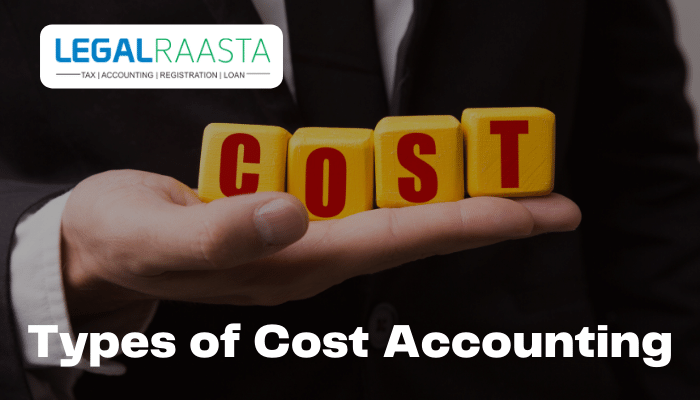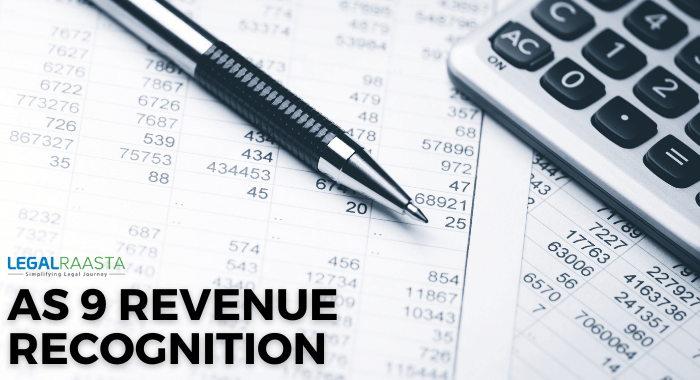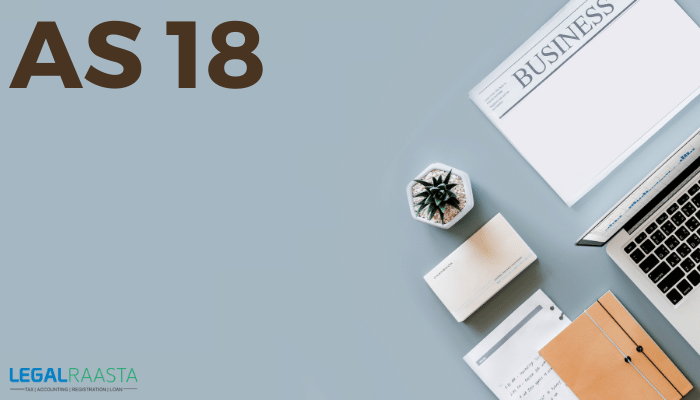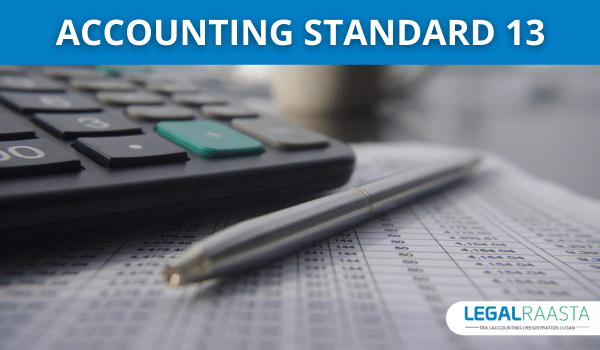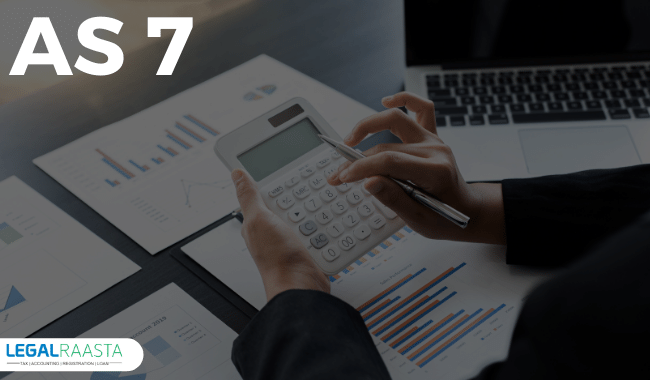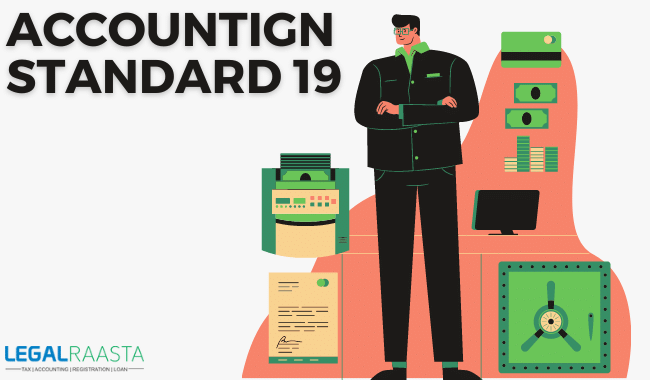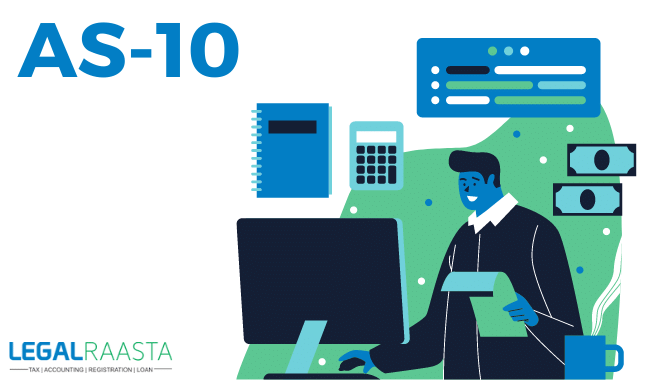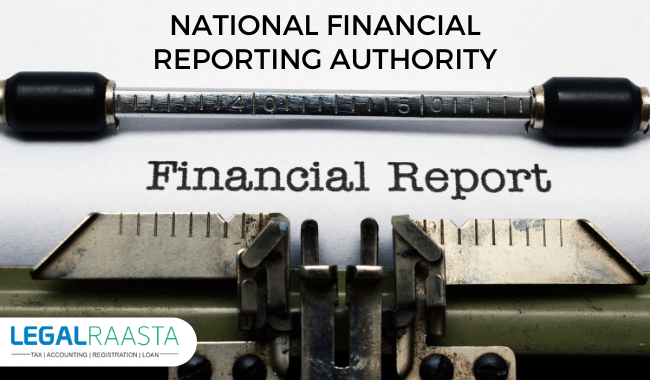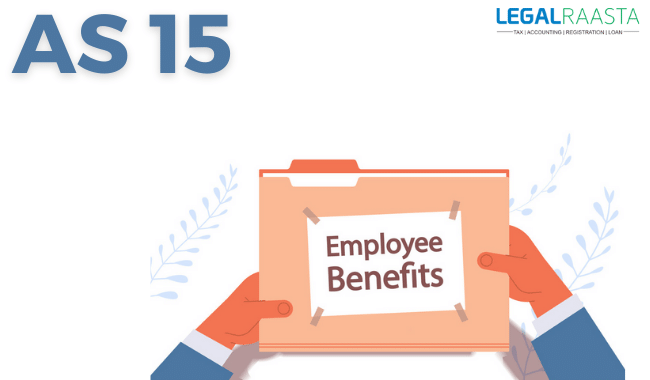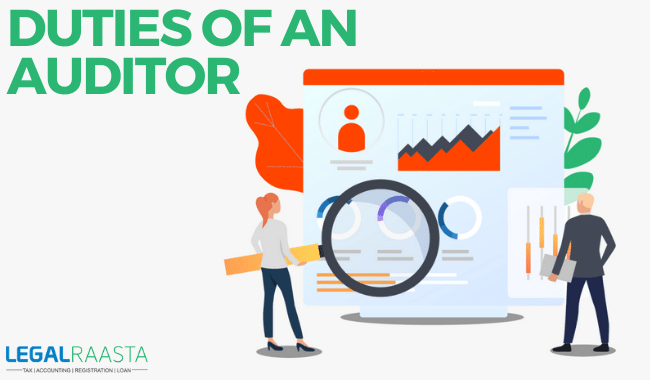Types of Cost Accounting
Cost accounting is a type of cost managerial accounting that aims to capture a company’s whole cost of production by monitoring both variable and fixed costs, such as a lease payment. Cost accounting is the practise of a company’s (variable and fixed) costs associated with the manufacture of a commodity being tracked, reviewed, and documented. So that firm executives can make better strategic judgments, implement efficiency, and budget more accurately. The goal of cost accounting is to boost a company’s net profit margins (how much profit each dollar of sales generates). There are various types of cost accounting.
What does Cost Accounting imply?
Cost accounting is used by a company’s internal audit committee to identify both contingent and fixed costs associated with the manufacturing process. It will first compute and report all expenses independently, then compare production costs to output outcomes to assist in determining financial performance and future company decisions. Various types of cost accounting includes standard accounting, activity-based accounting etc.
Types of Costs
1) Fixed costs
Costs that are unaffected by the quantity of demand. These are frequently monthly interest or leasing payments on a property or machinery that is depreciated at a specified rate. These expenditures will remain constant regardless of whether output volumes increase or decrease.
2) Variable costs
Costs associated with a company’s output level. For example, a floral store that is growing its floral arrangement inventory for Valentine’s Day will see increased prices as it orders more flowers from the nearby nursery or garden center.
3) Operating costs
Expenses associated with a company’s day-to-day operations. These pricing can be fixed or variable, depending on the conditions.
4) Direct costs
Costs are inextricably linked to the production of a product. The direct costs of the final product include the roaster’s work hours as well as the cost of the coffee beans if a coffee roaster roasts coffee for five hours.
5) Indirect costs
Costs that aren’t directly tied to a certain product. Because it is inexact and impossible to track specific products, the energy cost to heat the roaster in the coffee roaster example will be indirect.
Financial Accounting vs. Cost Accounting
Financial accounting is typically utilised by outside investors or creditors, whereas cost accounting is frequently used by management within a corporation to aid in decision-making. Financial accounting uses financial statements to convey a company’s financial status and performance to outside sources, including sales, expenditures, assets, and liabilities. Cost accounting is particularly beneficial for management in budgeting and establishing cost-cutting measures that will help the company’s net margins grow in the future.
Cost accounting differs from financial accounting in that, whereas financial accounting categorizes expenses based on the kind of transaction, cost accounting categorizes costs based on management’s information needs. Cost accounting is not required to follow any consistent standard, such as generally accepted accounting principles (GAAP), because it is employed as an internal management tool. As a result, its applications vary from firm to company and department to department.
Which are the elements of cost in general?
The numerous costs associated in a normal production unit can be divided into the following categories:
- Expenses for materials and labour
These can be further divided into the following categories:
- Direct
- Indirect
Benefits of cost accounting
Because they are designed and modified for a specific organisation, cost accounting systems are very scalable and adaptable. Cost accounting is valued by managers because it can be adapted, tweaked, and applied to fit changing market needs. Expense accounting, unlike financial accounting, is primarily concerned with insiders and internal uses. It is governed by the Financial Accounting Standards Board (FASB). Management will analyse data using specific values-based principles, influencing how expenses are established, services are provided, money is earned, and risks are absorbed.
What is the aim of cost accounting?
Cost accounting is beneficial since it demonstrates how a company’s income is spent, how much it earns, and where it is squandered. Internal cost controls and performance are the focus of cost management, which aims to report on, assess, and improve them. Cost accounting estimates are important for internal controls, even if they cannot be utilised in financial statements or for tax purposes.
Types of Cost Accounting
Below given are the types of cost accounting:
1) Standard Costing
Instead of individual expenses, standard costing applies “standard” costs to the cost of goods delivered (COGS) and inventory. The basic costs are the budgeted number and are based on the most efficient use of labour and resources to make the product or service under normal operating conditions. Despite the fact that the products have standard prices, the corporation must nevertheless pay for specific expenditures. The technique of calculating the difference between the usual (efficient) expense and the actual cost incurred is known as variance analysis. If the variance analysis indicates that real costs are higher than expected, the variance is unfavourable. If it decides that the real costs are lower than projected, the variation is positive. Two factors can generate a positive or unfavourable variation. Then there’s the input cost, which includes things like labour and supplies.
2) Activity-Based Costing
ABC is a method of defining and transferring overhead costs from each department to real expense items such as products and services. The ABC cost accounting method focuses on operations, which are defined as any operation, unit of work, or activity performed for a specific purpose, such as putting up manufacturing equipment, designing things, delivering finished goods, or operating machinery. These processes are frequently viewed as expense generators, and they are used to allocate operational costs.
3) Lean Accounting
Lean accounting’s main goal is to improve an organization’s financial reporting processes. Lean accounting is a practical implementation of the lean manufacturing and development principle, which aims to reduce waste while increasing productivity.
4) Marginal Costing
The effect of adding one additional unit of output on a product’s cost is known as marginal costing (also known as cost-volume-profit analysis). It’s useful for making short-term financial decisions. Managers can utilise marginal costing to determine the impact of different cost and volume amounts on operating performance. This form of research can be used by management to provide insight into potentially profitable new items, price rates for present products, and the consequences of marketing initiatives.
Cost accounting standards
The Cost Accounting Standards Board (CASB) was established by the Institute of Cost Accountants to give direction and standardisation in costing. The Board has established 24 accounting standards to promote a better knowledge of various aspects of cost and to encourage the application of best practises.
Also read
Capital Account | Types of Capital Accounts & it’s Importance

